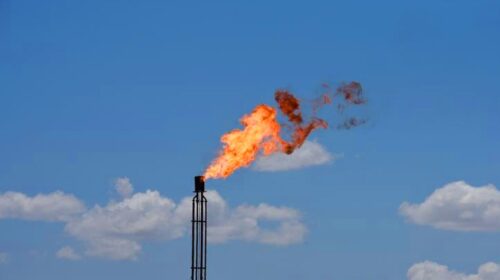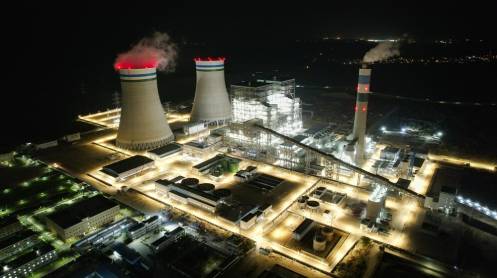U.S. natural gas futures were little changed on Friday ahead of the long Martin Luther King Jr Day holiday weekend as the market took a break after extreme, weather forecast-related volatility earlier in the week.
Earlier in the week, prices soared 14% on Wednesday on colder forecasts – their biggest one-day percentage increase since September 2020 – and dropped 12% on Thursday after those forecast turned less cold – their biggest one-day percentage decline since January 2019.
With extreme cold possible at any time and strong memories of price spikes during last February’s freeze in Texas, traders said they expect the market to remain volatile in coming weeks with every change in the weather forecast.
Friday’s U.S. price decline came despite a 10% jump in European gas futures earlier in the day.
Since the start of the year, the U.S. market has focused more on changes in U.S. weather and domestic supply and demand rather than what is happening around the world. So far in 2022, U.S. gas followed European prices only about a quarter of the time versus about two-thirds during the fourth quarter of 2021.
But, traders said demand for U.S. liquefied natural gas (LNG) will remain strong so long as global gas prices keep trading well above U.S. futures. Global prices were currently trading about seven times above U.S. prices as utilities around the world scramble for LNG cargoes to replenish low stockpiles in Europe and meet surging demand in Asia.
Front-month gas futures for February delivery fell 0.8 cents, or 0.2%, to settle at $4.262 permillion British thermal units (mmBtu).
That put the front month up about 9% for the week after gaining 5% last week.
During last year’s February freeze, gas futures climbed as much as 7% on Feb. 16, but did not soar nearly as much as the spot market. Next-day gas jumped to record highs in several parts of the country – jumping over
1,100% on Feb. 12 at the Waha hub in West Texas – as Winter Storm Uri left millions without power and heat for days after freezing gas wells and pipes in Texas and other U.S. central states.
In the spot market this week, cold weather and high heating demand in the U.S. Northeast kept next-day power and gas prices in New York and New England at or near their highest since January 2018. Traders noted more freezing weather was on the way with Saturday expected to be the coldest day of the winter so far and below normal temperatures expected during the entire week of Jan. 23.
Data provider Refinitiv projected average U.S. gas demand, including exports, would slide from 133.4 billion cubic feet per day (bcfd) this week to 131.8 bcfd next week as the weather turns less cold before
soaring to 142.2 bcfd in two weeks.
The amount of gas flowing to U.S. LNG export plants averaged 12.23 bcfd so far this month, close to the record 12.16 bcfd in December.





